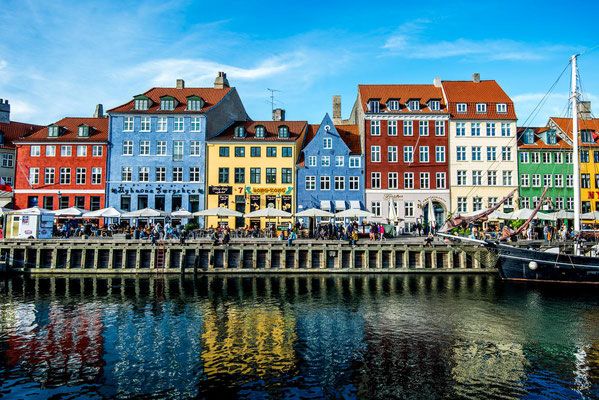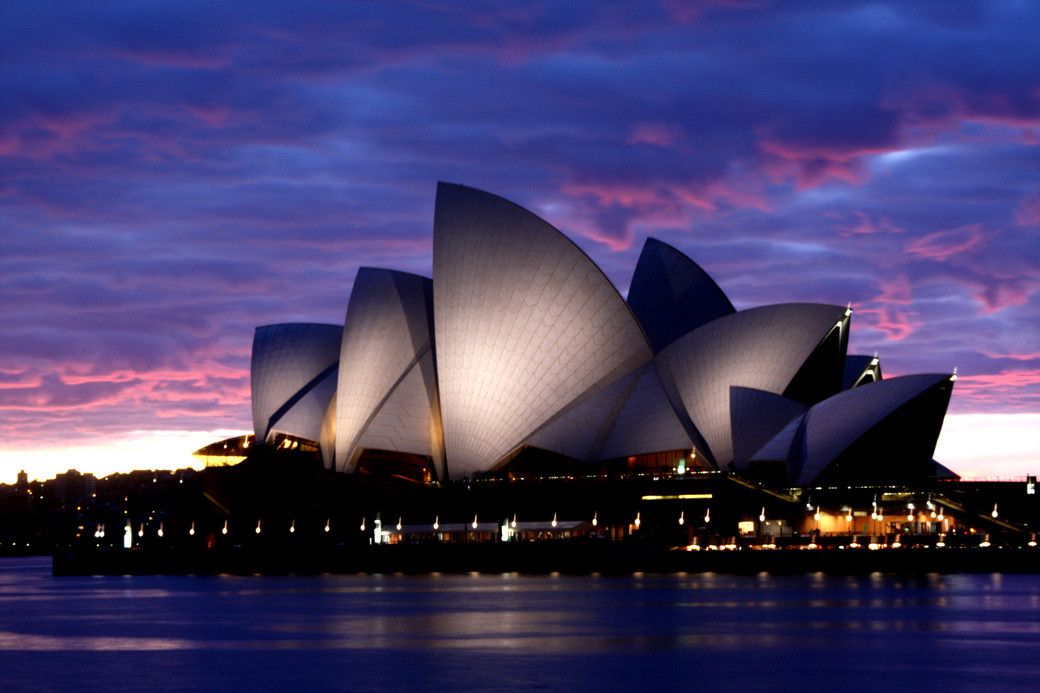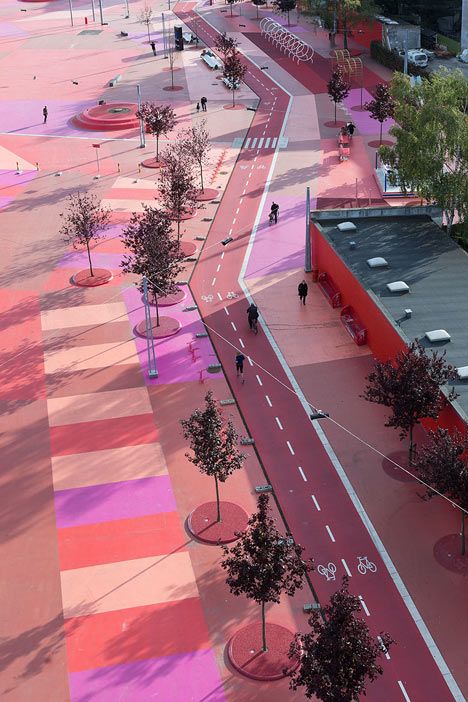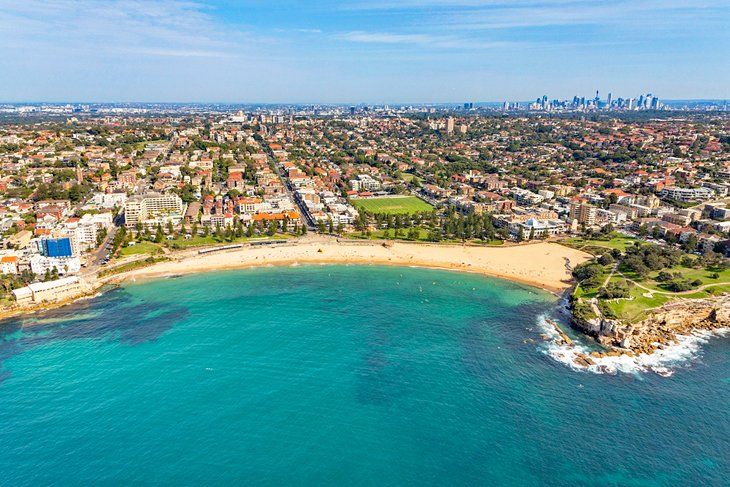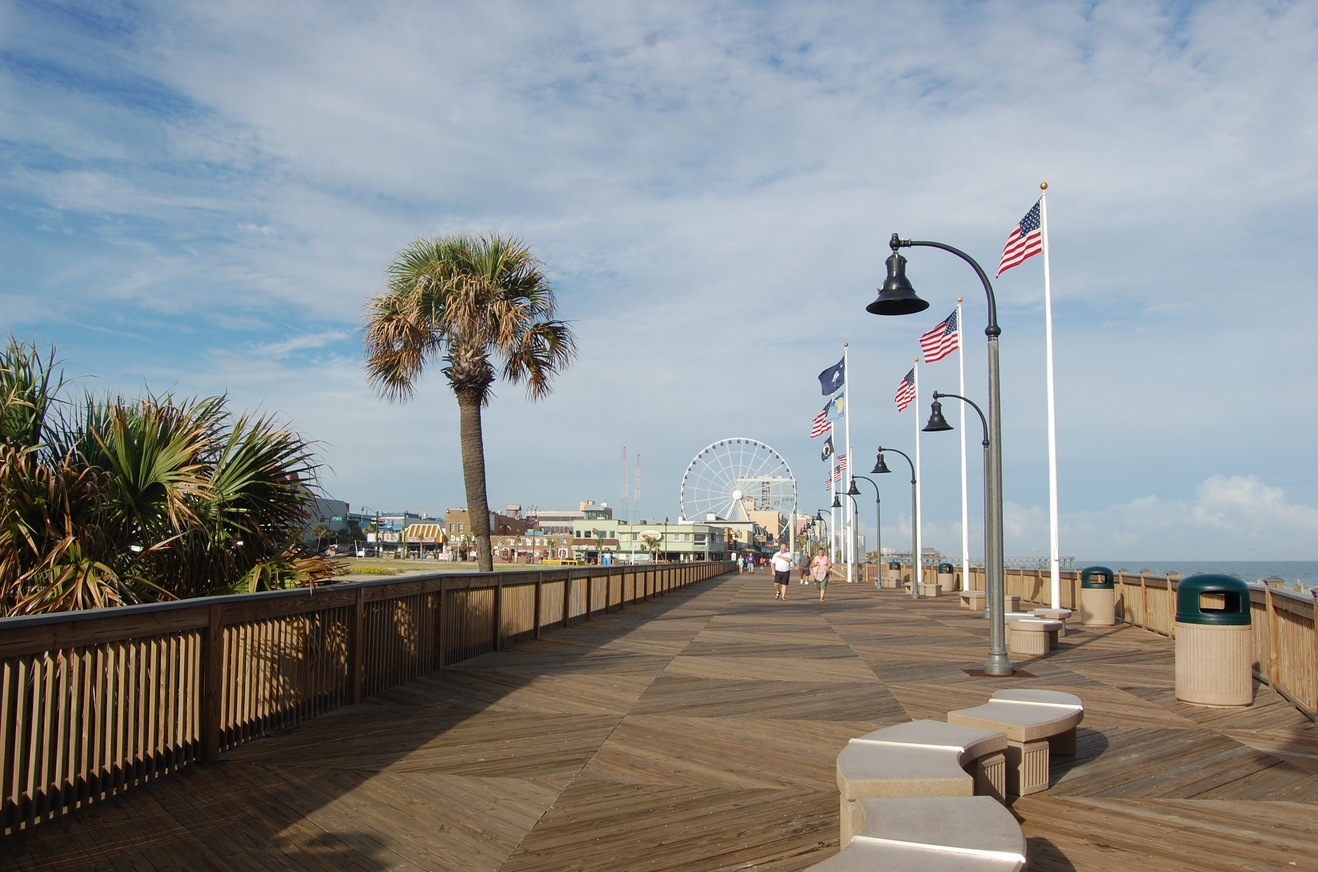The world is a fascinating place bound by unique cultures and languages. As large as it is, it is also small, with various groups gathering in cities all around the world creating vibrant multicultural places.
What does it mean to be multicultural?
Multiculturalism is defined as the existence, acceptance, or promotion of multiple cultural traditions within a single jurisdiction. It is usually considered in terms of the culture associated with an ethnic group. Multicultural integration is recognizing the diversity and differences of people from different cultural backgrounds who may value public places quite differently.
Novica (2001), draws the stories and traditions of different cultural groups. This cultural richness can open our hearts and minds to different ways of seeing and experiencing public places. This can tell us something about the ways in which people adapt their traditions to different circumstances in a new country. These debates originate from the fact that in recent decades, societies have become multicultural (Binyi and Mwanza, 2014).
The multicultural concept has come about due to the international migration that is changing demographics all over the world. This has given rise to scope (focus) for radically new insights every day and the public arena continues to crave new discoveries on multicultural issues.
The Role of Public Places as Vehicles for Multicultural Interaction (Shaping Multicultural Public Places)
Generally, public places expose us to social diversity. These places can enable the understanding of social plurality and thereby foster tolerance. In this way, public places can influence all of us in a manner that is vital for our own personal development. They serve as a stage for ongoing lessons in one’s life.
Public places are fundamental features of cities. They represent sites of sociability and face-to-face interaction, and at the same time, their quality is commonly perceived to be a measure of the quality of urban life (www.prgrs.org). Therefore, it is important to ask a question: how public places are influenced by the social mixing of different groups of people?
Studies conclude that the most successful multicultural places are those which are characterized by the social interaction of diverse groups. This can be maintained and enhanced by providing safe, spatially adequate territories for everyone within a larger space of the overall site (Low and Taplin, 2005).
Many studies have been conducted to understand the ways different ethnic and cultural groups relate to public places. Since we live and work in a world that is increasingly diverse and multicultural, we develop a clearer understanding of how various populations use public places and what cultural values social scientists, community organizers, as well as citizens themselves.
The most successful multicultural public spaces are not necessarily the ones with the snazziest physical design or the most amenities. However, it is more important to create a space where people’s identities are affirmed and where people feel they can use the space without feeling conspicuous or look down upon by people of different cultural groups.
In short, a “successful” multicultural environment is one where various groups’ sense of comfort is combined with good physical design to create an atmosphere that can nurture many preferences. It is a place that fosters social interaction while simultaneously creates distinct “spaces” where individual cultures can be emphasized and celebrated (Knapp, 2009).
Common Multicultural Public Places
Studies of public places conclude that ethnic groups have the tendency to self-segregate. However, the same studies point to certain elements of the built environment where divisions dissolve and people naturally come together. Public markets, playgrounds, boardwalks, streets and beaches, and so on are arguably the most successful types of “multicultural public places” because they can foster the kind of organic interaction.
1. Public Market
Public markets are often among the most socially diverse of public places. They bring people of different ages, genders, races, ethnicities, and socioeconomic statuses together for the experience of food, shopping, and conversation. For some immigrant communities, where language and socioeconomic barriers may create feelings of isolation, public markets provide a much-needed venue for connecting with a familiar community while simultaneously offers food at affordable prices. Thus, public markets bring people with different backgrounds together through promoting sustainable food production and offering the opportunity to launch local small businesses.
2. Playgrounds
The children’s playground is a melting pot in a neighborhood. People of different ages and cultures are spotted engaging in friendly conversations. One of the most popular activities among all racial groups is watching children on the playground where parents share stories and strategies with each other while their children play together.
Playgrounds are ultimately found to promote interaction, exchange, and comfort for a wide range of children catalyzing changes and making diverse communities more livable and exciting for young people.
Also, playgrounds allow interaction among different cultural groups to begin during childhood and continue on into parenthood. Creating public places that promote the discovery of common ground is essential for building communities that transcend cultural divides and promote a sense of inclusion.
3. Beaches
Beaches are an interesting example of public places that reflect the diversity of our society. They often function as a multicultural space in which individual cultural groups are spatially divided along the length of the waterfront-often by age, ethnicity, and/or the social composition of the group (for example, families versus groups of teens). Many different groups are represented on public beaches, but they do not necessarily intermix.
Beaches represent public environments by virtue of the fact that they are accessible regardless of socioeconomic status. Regardless of how people organize themselves in the space, beaches are a place where an inclusive environment persists.
4. Boardwalks and Promenades
The beach’s boardwalk acts as the “spine” of the space because it creates a common meeting ground for everyone. Because racial and ethnic segregation often corresponds to the territorialization found on beaches, boardwalks and promenades are critical sites for social integration because they bridge divides between groups of people. Boardwalks usually feature concession stands and cafes.
To date, there has been little research conducted that focuses specifically on boardwalks and promenades as public places. But, given the notion of these places as “spines” and connection points, their significance should not be ignored. Offering favorite activities ranging from people watching to simply walking along the waterfront, these pedestrian corridors are an important element of the built environment in terms of fostering multiculturalism and social diversity.
Conclusion
The conclusion suggests that successful multicultural spaces need not necessarily be “melting pots.” They are important places where different people can mix together and where other people can spend time cultivating relationships with others in their own unique cultural group.
Discourses of migration, multiculturalism, and community harmony are variously drawn into such representations and work to further emplace – or displace – some groups of migrants in certain spaces of the city. Recognizing the gaps between spatial practices and representations is important to investigate how local residents, particularly those marginalized in local decision-making processes, can be better integrated into local planning and future framing of community spaces. Exploring how everyday spatial practice is linked to the management of the local built environment is therefore crucial to understanding the nexus between migration, diversity, and more inclusive public places.
Finally, I would like to say that we have all found ourselves in these types of places, and I am sure reading this makes you think back at the last time you were at the market, at the beach, in a playground, and so on.
Written by: Riham Nady
References
– Binyi, Liu and Mwanza, Floyd. (February 2014). “Social Integration in Public Spaces & Landscapes: Perception and Experiences towards Multicultural Shanghai”. SciRes. Vol.3, No.1. pp.12-18.
– http://www.prgrs.org/p/tigv.html
– Knapp, Courtny. (2009). “Making Multicultural Places”. Project for Public Spaces official website: http://www.pps.org/blog/multicultural_places.
– Low, Setha and Taplin, Dana. (2005). “Rethinking Urban Parks: Public Space and Cultural Diversity”. The University of Texas Press. Austin. The United States of America.


